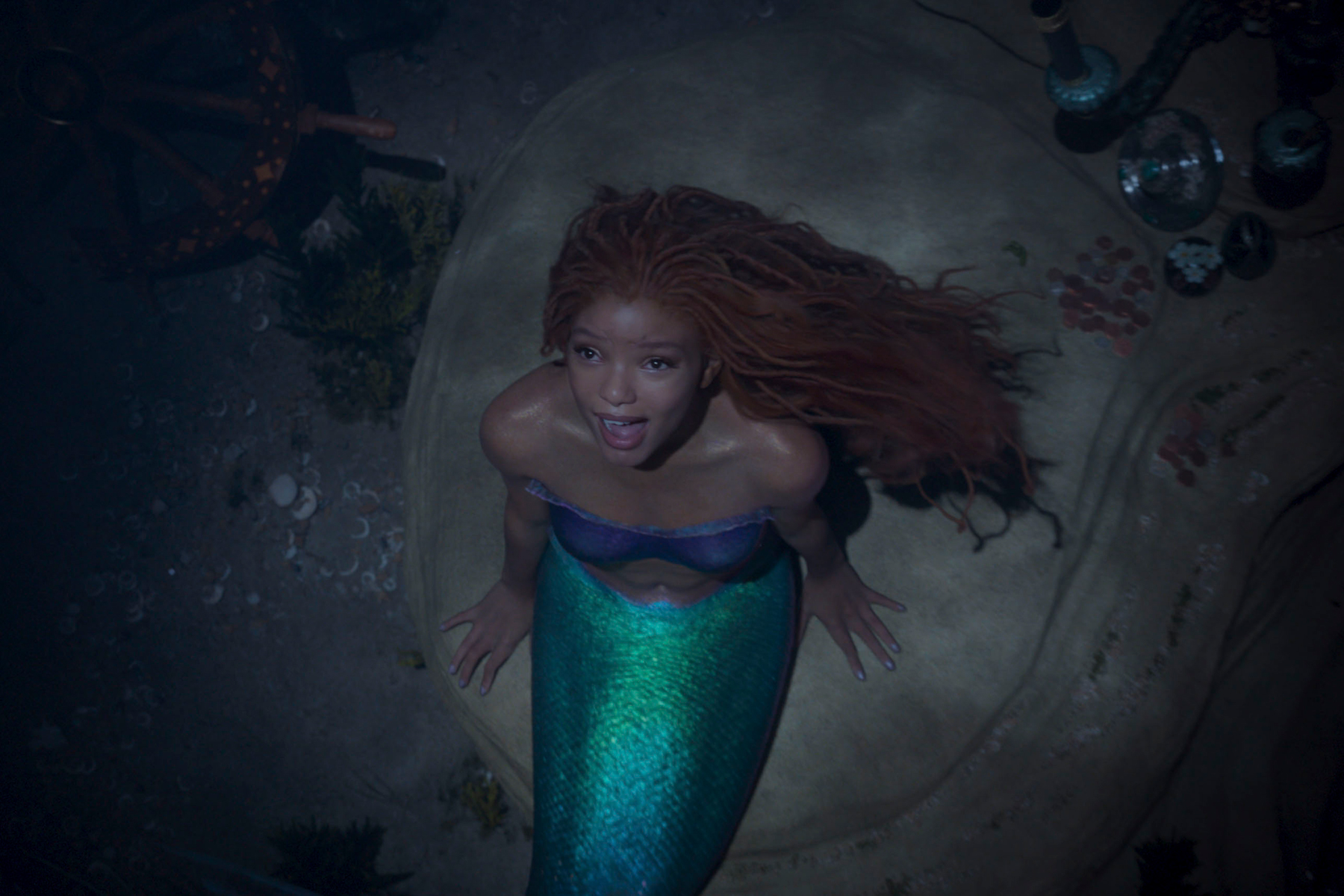Disney’s latest live-action fare, “The Little Mermaid” is officially releasing next Friday, May 26. The film has previously had a turbulent build-up to that release date, from racist backlash over the casting of Halle Bailey as Ariel to constant criticisms online over the CGI in the film. The response when Disney announced that Halle Bailey would play the titular role of the film protested over a Black girl being cast. A mermaid could not be Black, naysayers insisted, and a variety of pseudo-scientific nonsense was used to justify this.
The typical culture war storm ensued, with many right-wing reactionaries decrying Disney for being “woke.” Countless threads and arguments abounded on social media sites over the casting, petitions were circulated and throughout it all, Disney stayed relatively silent. But few people seemed interested in examining how Disney benefitted from the casting.
In recent years, Disney has embraced the effort to be diverse, using progressive-sounding language such as “diversity and “authenticity.” There is no escaping that many of its diversity efforts have felt as if they have been coated in a thin veneer of corporate trappings. Take, for example, “Aladdin” (2019). With the casting of Naomi Scott, a half-Indian actress and acknowledgments from a costume designer that they had taken influence from Indian culture, Disney created an orientalist mixture of MENA and South Asian cultures. The problem with this approach is that it treats two highly diverse and distinct cultures as interchangeable, which means that cultural authenticity becomes a fantasy quasi-culture that white creators may shape as they wish.
But none of it ultimately mattered. The film went on to make over a billion dollars at the box office. Disney had cast two visibly POC actors as Aladdin and Jasmine, and minor changes from “Sunday Salaam” to “Friday Salaam” were made, and that was good enough. After all, while Disney has the resources for a more culturally authentic film, they did not see the need for one. As long as the film was, on the surface, reflective of the vaguely Middle Eastern world in “Aladdin” took place, that was enough. After all, it wasn’t as if most of their intended audience would know or care. The film made its box office through the power of name recognition alone.
That is the same rhetoric behind every live-action movie Disney makes, and “The Little Mermaid” is no different. It is name recognition that sells this movie, not quality. All of the discussions over the quality of the CGI of the film get at the root of this — Disney doesn’t need to create a quality project to make a buck anymore. The discussions of it get more and more tiring because this is a cycle that repeats with every live-action project. Plenty was written about the blank lifelessness of the CGI animals in “Lion King” (2020), but it still went on to make a billion dollars.
Indeed, plenty of people have suggested that lingering resentment over the casting of Halle Bailey has helped fuel this discourse.
So in this context, how does Disney’s decision to cast Bailey seem? It is safe to say that Disney knew the backlash Bailey’s casting would entail. It is sadly not the first time it has happened to a Black actress cast in a formerly white role. At best, it feels like an attempt to purposefully stoke an extreme online reaction to get people to talk about the movie. This isn’t to suggest that Bailey isn’t qualified to take on the role of Ariel: People of color are frequently tokenized by companies like Disney but that doesn’t mean they aren’t talented. And there is no doubt that there are hundreds, if not thousands of young Black girls who will have a new role model in popular media. It is still worth questioning the intentions of Disney, who positioned the 23-year-old actress to take on the brunt of the internet’s reaction while benefiting from the various discourse this generated.








